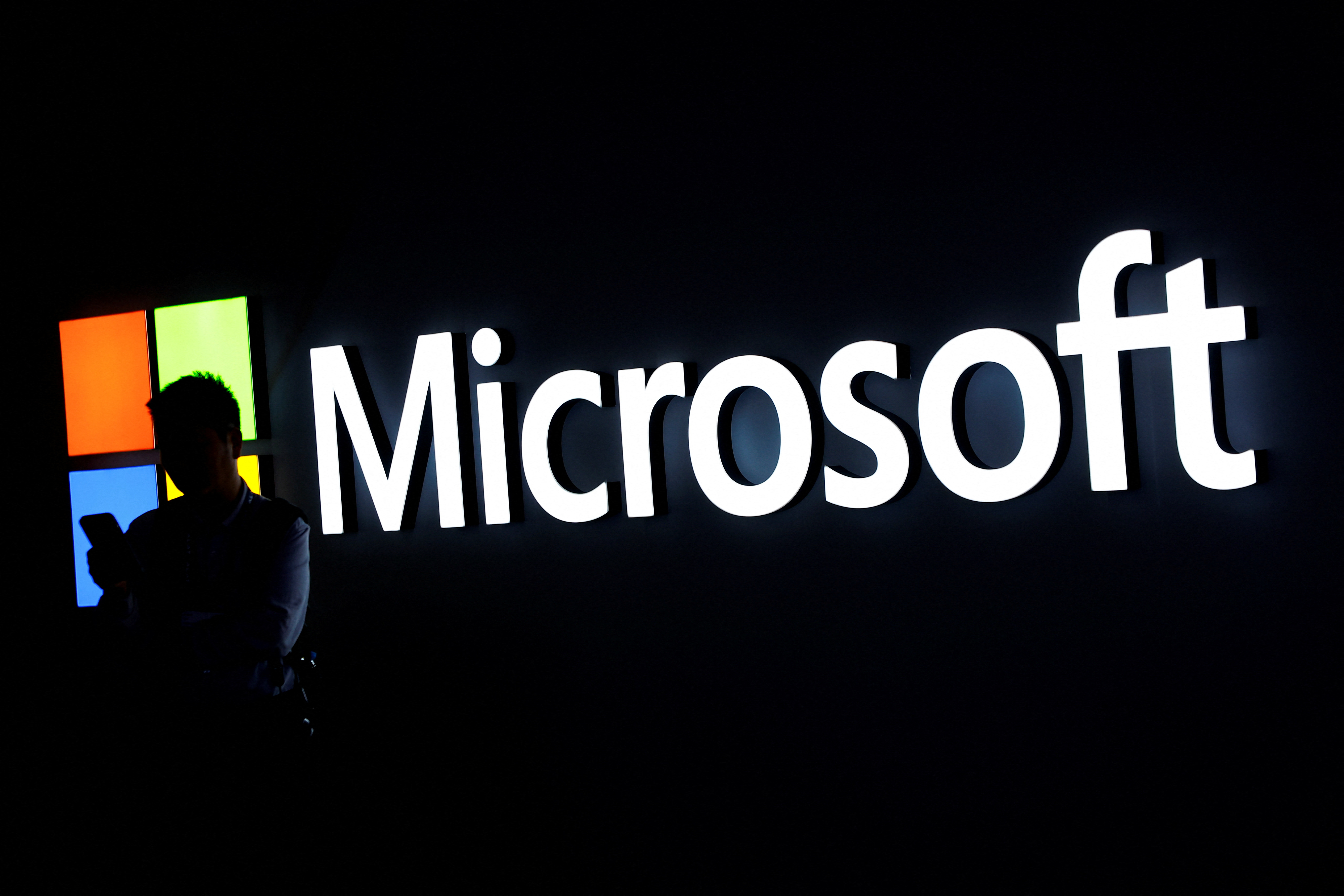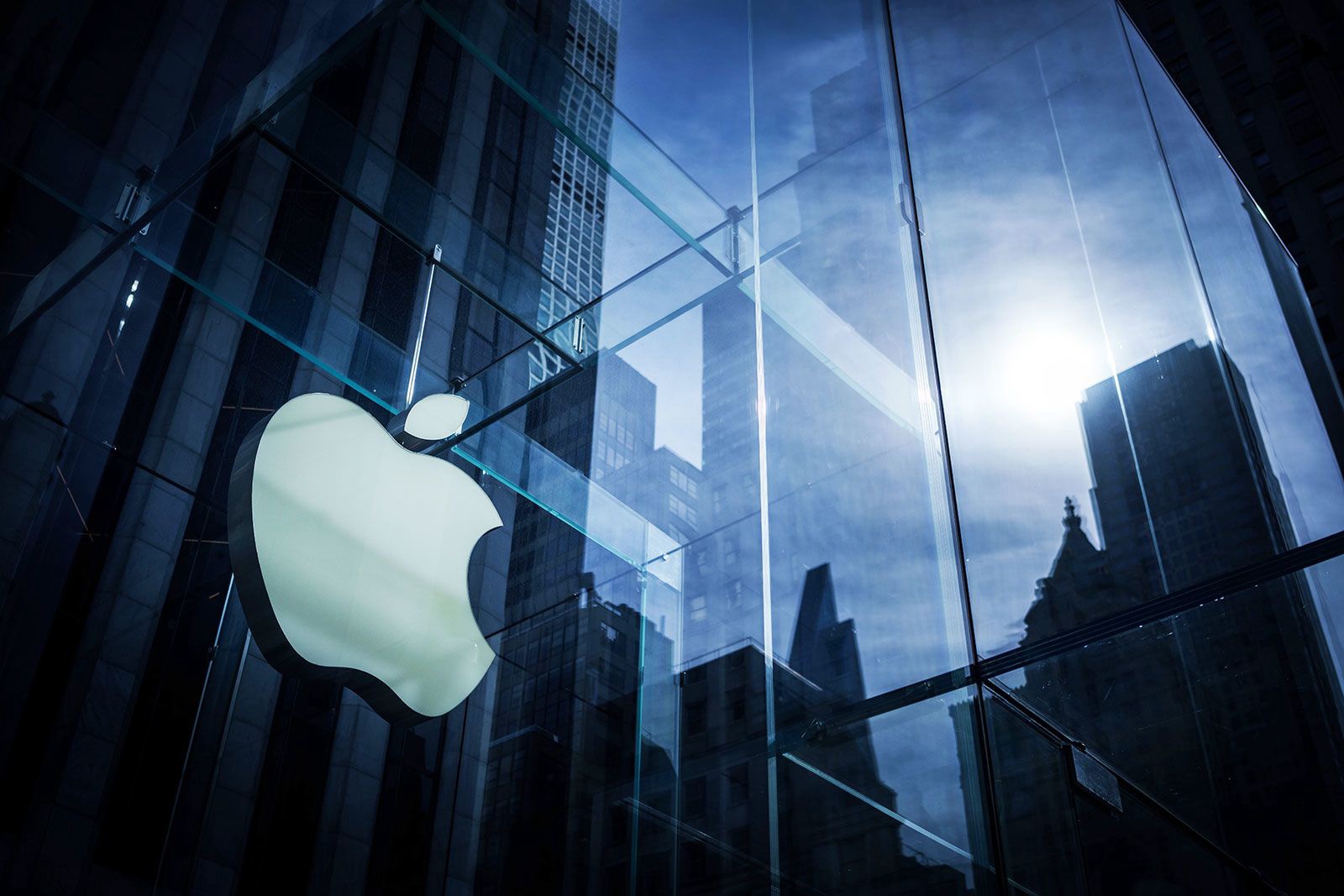In a historic moment for the technology sector, Microsoft has surpassed a $4 trillion market capitalization, driven by another quarter of exceptional financial results and growing investor confidence in the company’s artificial intelligence and cloud computing strategy. With this milestone, Microsoft becomes only the second publicly traded company in history to cross the $4 trillion threshold, following Nvidia’s leap earlier this year.
Shares of Microsoft jumped nearly 9% in extended trading after the company posted better-than-expected earnings for the fourth quarter of its fiscal year. At the close of trading, Microsoft’s stock price was above $550 per share, pushing its total market value to approximately $4.1 trillion.
This valuation milestone reflects not only Microsoft’s strong financial performance but also the deep conviction among investors that the company is emerging as a foundational pillar of the new AI-powered digital economy.
Robust Financial Performance
Microsoft reported quarterly revenue of $76.4 billion, an 18% increase year-over-year. Net income surged 24% to $27.2 billion, beating analyst expectations on both the top and bottom lines. The company’s strong growth was driven by continued momentum in its cloud services, AI product integrations, and enterprise software offerings.
Azure, Microsoft’s cloud platform, continued to be the standout performer. The company disclosed that Azure and related services have reached an annualized revenue run rate exceeding $75 billion — a major milestone that underscores Azure’s role as a leading infrastructure provider for businesses embracing cloud computing and AI.
The productivity and business processes segment, which includes Office 365, Teams, and Dynamics, also delivered strong growth. Enterprise adoption of Microsoft 365 Copilot, the company’s generative AI assistant for productivity tools, played a central role in driving customer upgrades and usage expansion.

AI Strategy Paying Off
A central pillar of Microsoft’s current growth is its aggressive push into artificial intelligence. Over the past 18 months, the company has embedded AI functionality into nearly every part of its software ecosystem. From Office apps like Word and Excel to development platforms like GitHub and enterprise tools like Dynamics, Microsoft’s AI copilots are being widely adopted by enterprise users.
In addition to enhancing its own software offerings, Microsoft has become a go-to platform for hosting and scaling AI models. Azure AI has emerged as a preferred environment for training and deploying large-scale language models, serving both startups and large enterprises building intelligent applications.
These AI investments are beginning to pay off. Customers are using more compute power, adopting higher-tier services, and locking into long-term cloud contracts. This shift is driving both revenue and margin expansion for Microsoft’s cloud business, while deepening its competitive moat against rivals.
Microsoft is also investing heavily in AI infrastructure. The company plans to spend more than $30 billion in the upcoming quarter on capital expenditures, with a focus on expanding data center capacity and upgrading hardware to support advanced AI workloads. For the full fiscal year, capital investment is expected to exceed $100 billion.
Strategic Evolution Under Nadella
Microsoft’s journey to the $4 trillion mark reflects a decade-long transformation under CEO Satya Nadella. Since assuming leadership in 2014, Nadella has reoriented the company from its traditional focus on Windows and desktop software toward a cloud-first, AI-integrated enterprise platform.
This shift has enabled Microsoft to diversify its revenue streams, reduce its dependency on consumer hardware and licensing, and build enduring relationships with business and government customers around the world.
Nadella’s focus on partnerships — including Microsoft’s close collaboration with leading AI developers and its commitment to open ecosystems — has also enhanced the company’s position as a neutral, trusted platform provider across industries.
Microsoft’s broad business portfolio is now seen as one of the most resilient in the tech sector. It spans enterprise cloud infrastructure, developer tools, cybersecurity, productivity software, video gaming, and artificial intelligence. This diversification has made Microsoft less vulnerable to cyclical trends in any single sector, while allowing it to capitalize on emerging growth opportunities across multiple domains.
Industry Implications and Competitive Landscape
Microsoft’s $4 trillion valuation has implications well beyond its own performance. It signals a shift in how markets value technology companies — prioritizing those with a strong position in enterprise AI, cloud infrastructure, and platform ecosystems.
Apple, which long held the title of the world’s most valuable company, now trails Microsoft and Nvidia, with a market cap hovering near $3.2 trillion. While Apple remains dominant in consumer hardware and services, its relative underinvestment in enterprise AI and cloud may be weighing on its growth prospects in the eyes of investors.
Other tech giants, including Amazon, Alphabet, and Meta, are also racing to capitalize on AI demand, but Microsoft appears to have struck a rare balance between innovation, execution, and financial discipline.
Future Outlook
With AI adoption expected to accelerate across industries, Microsoft is well positioned to sustain its growth in the coming years. Enterprise customers are increasingly embedding AI into their operations, and Microsoft’s integrated offerings across cloud, software, and infrastructure give it a strong advantage.
The company is also rumored to be developing its own AI chips, which could reduce dependence on third-party suppliers and enhance its control over performance and cost. Such a move would further entrench Microsoft’s leadership position in the full-stack AI value chain.

Looking ahead, analysts and investors are already speculating whether Microsoft could be the first company to reach a $5 trillion valuation. With momentum on its side, continued investment in AI and cloud infrastructure, and an expanding global customer base, the company has a clear path toward further growth.
Conclusion
Microsoft’s climb past the $4 trillion mark marks a defining moment in the history of modern technology. It reflects the power of long-term strategic thinking, consistent innovation, and an ability to adapt to transformative trends like cloud computing and artificial intelligence.
As the company continues to reshape how the world works, communicates, and builds, Microsoft is not just riding the AI wave — it’s helping to create it.












